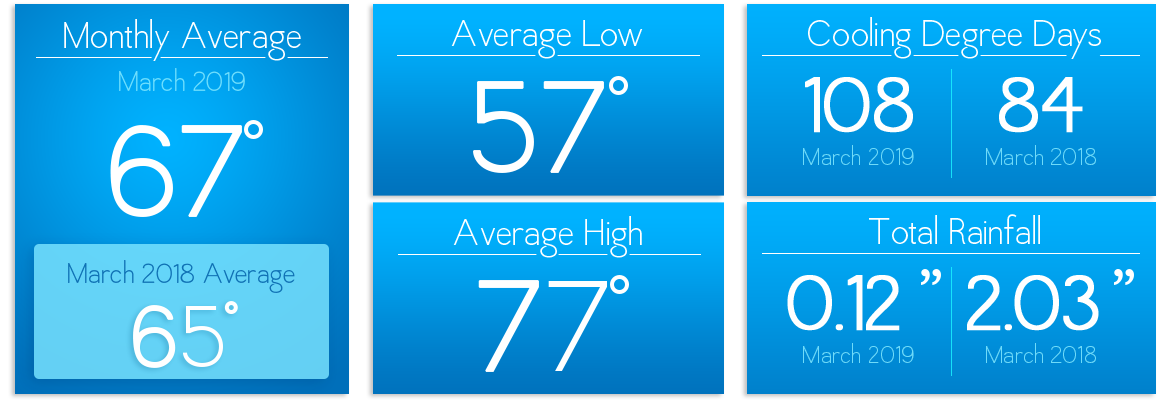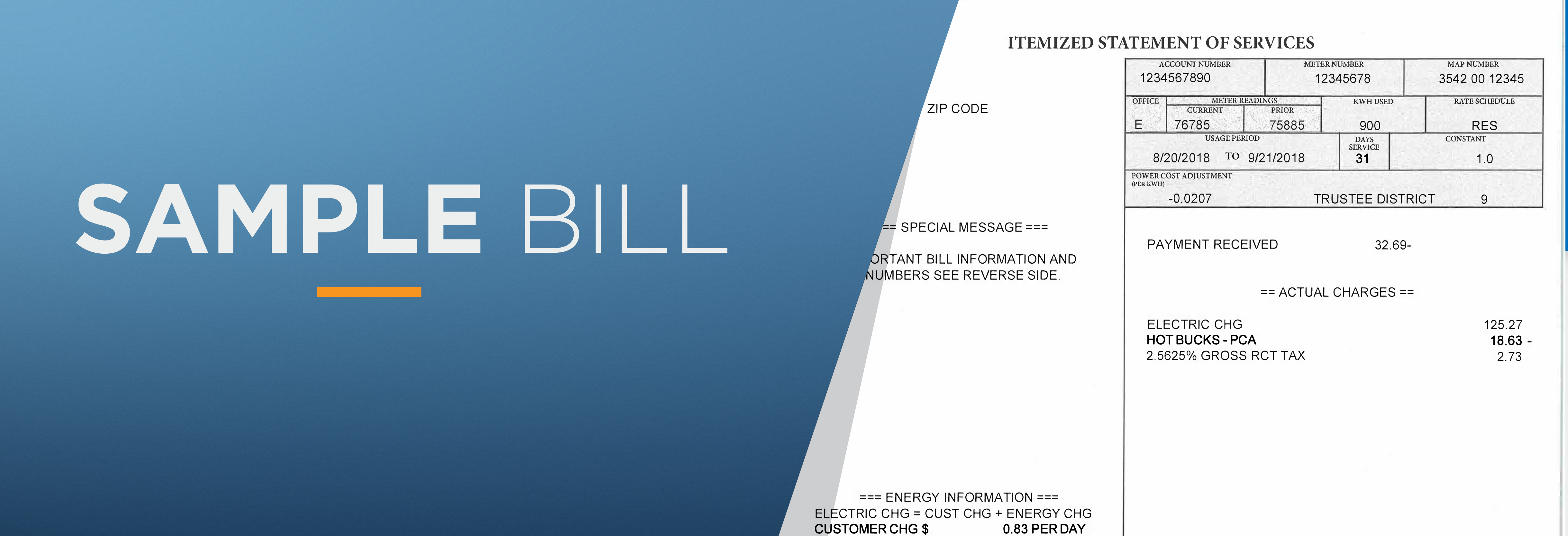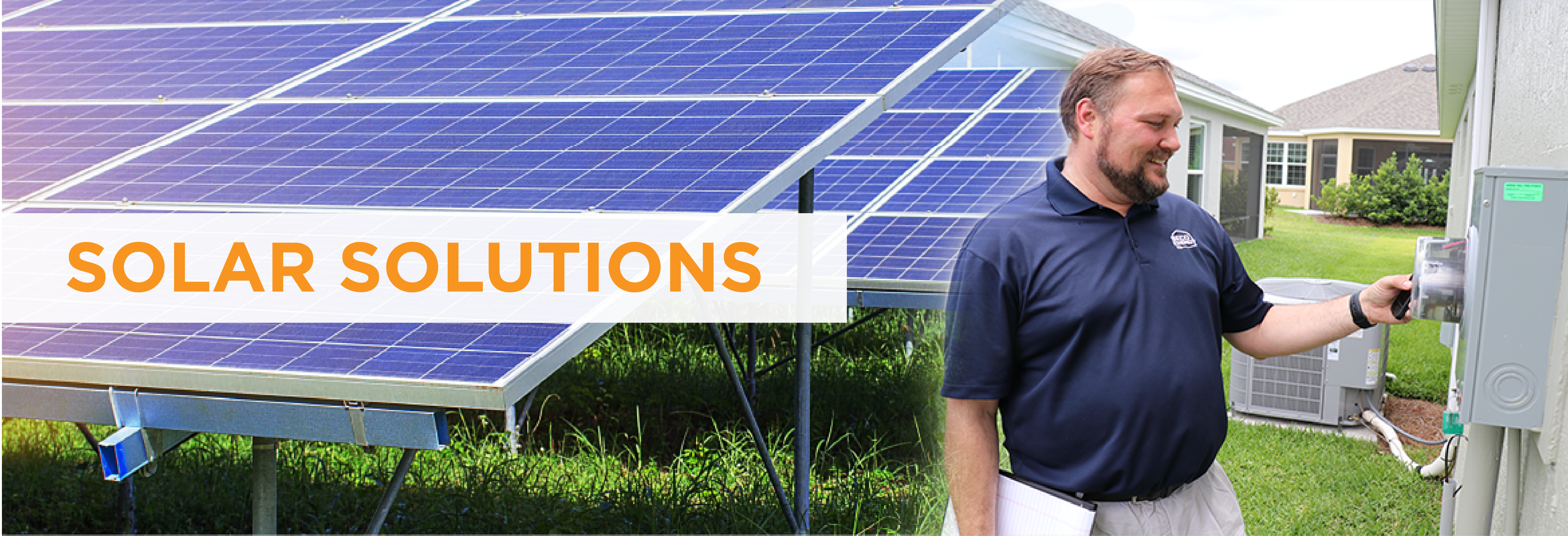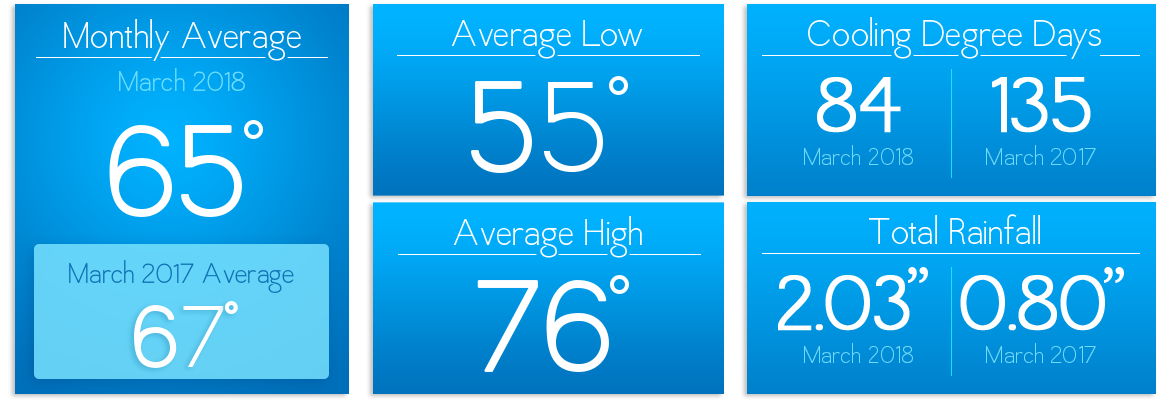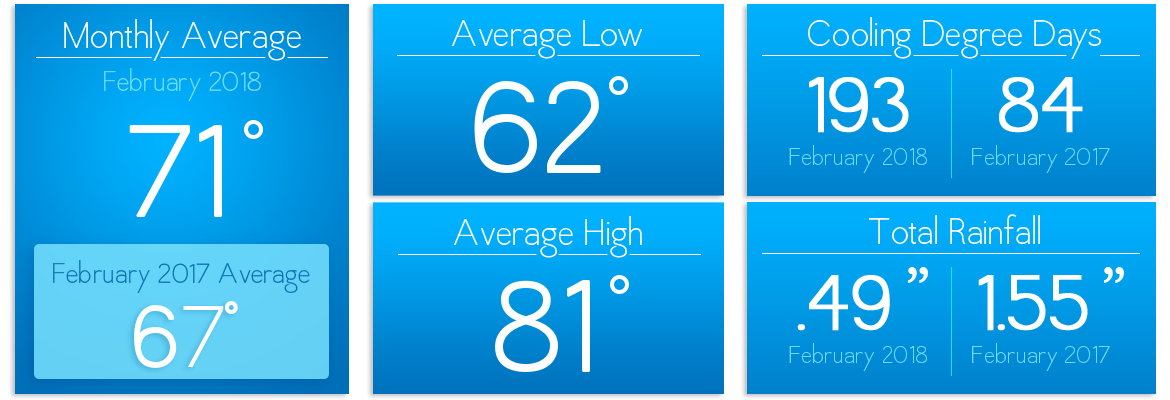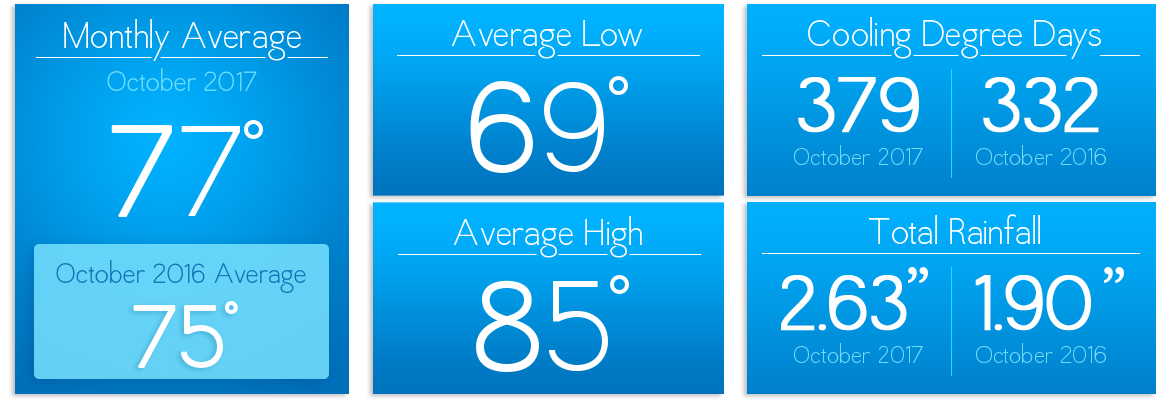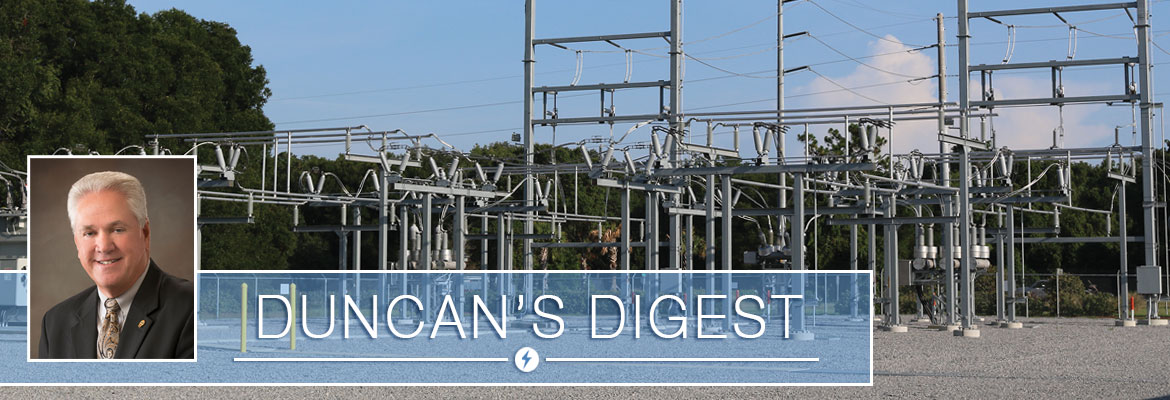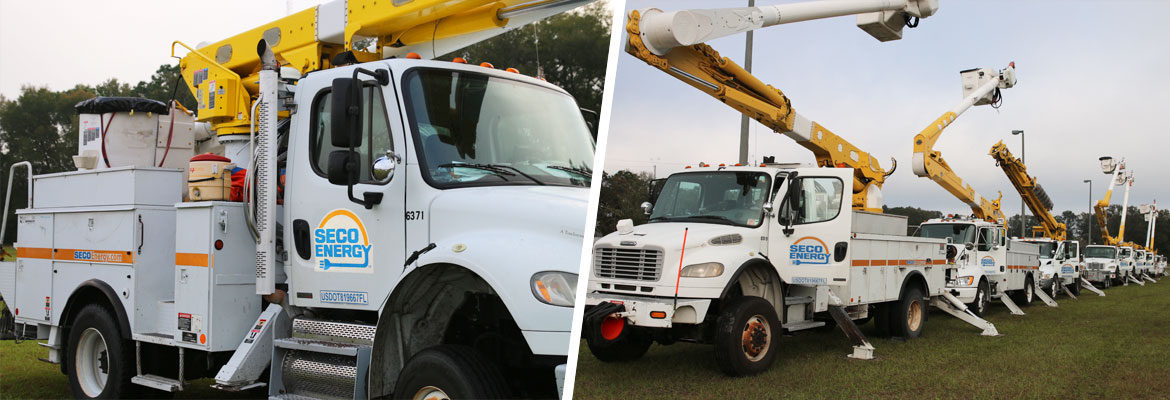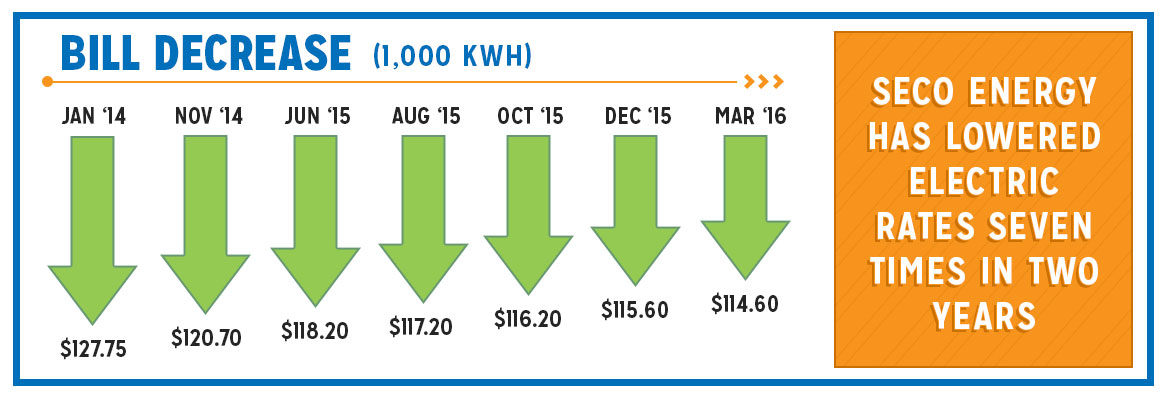
Member Spotlight: Metro Steel & Pipe, Inc.
Metro Steel & Pipe Supply is an independently owned metal service center. They offer a full line of steel, aluminum and stainless steel products and provide “value added” fabrication services allowing for customization to meet a variety of needs.
Although Metro Steel & Pipe Supply is new to the Tavares area, they are not new to Central Florida. For years their business operated out of Leesburg. In mid 2015 they chose to relocate to the former G & T Conveyor facility. It was a good move, allowing the company to quadruple its size related to warehousing, fabricating, and shipping. In addition, the new site offers safer, more efficient highway access for the company’s delivery fleet.
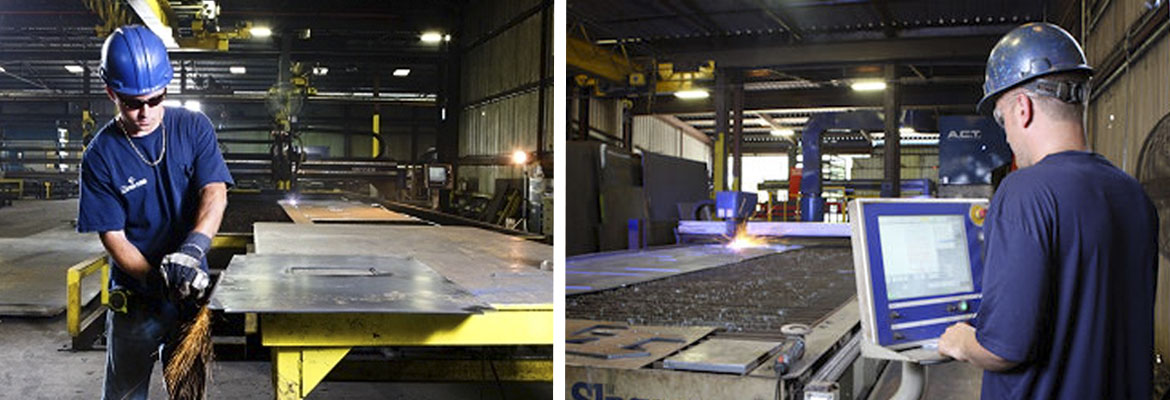
The family-operated business, established in 1974 by Chuck Sheperd, is currently run by his son Bryan. The company employs 60 workers and operates multiple shifts. Metro offers an unparalleled experience by providing quality stock or custom steel, aluminum and stainless steel products fabricated to the exact specifications. The company’s goal is to get the job done right and shipped to your location in a timely fashion. According to Adam Nesmith, Vice President, “No job is too small or too big and if we don’t have what you need, we know where to find it.”
So if you have metal needs, Metro Steel & Pipe Supply stands ready to help with angles, plates, beams, structural channels, metal rounds and strips, steel squares and flat bars, square and rectangular tubing, pipe, sheet metal, and expanded metal grating. Metro’s employees can saw, cut, machine, shear, break, punch, roll, flame cut, HD plasma burn and laser cut to precision with CNC equipment. Metro’s Central Florida location makes it easy for it to be your one-stop shop for all your metal and fabrication needs.

Have you checked out SECO’s new website?
How long has it been since you visited SECO Energy’s website? If you have to think about the answer, it’s been too long and you’re missing out on a wealth of information.
Earlier this year the SECO Energy website underwent a major redesign. Our focus was to make the site more user-friendly and ensure compatibility with a multitude of communication devices. We’ve made it easier to report an outage or area light in need of repair. You can purchase discounted HVAC filters (free delivery), learn more about solar arrays and find ways to save energy. Visit the Contact Us page to request a speaker for your next gathering. Signup for SmartHub to access billing archives and pay your monthly electric bill online. So if you haven’t already, take the time to check out the quick links below.
When visiting our website don’t forget our social media platforms – Facebook, Twitter, Google+, LinkedIn, Pinterest, YouTube and Instagram.
Our purpose is to provide exceptional service to our customers, co-workers and communities. This means keeping the lines of communication open. SECO Energy’s website is one more way we’re doing just that. Join in the conversation today!

Let the Sunshine in…
There’s just something about a warm sunny day that has a way of putting grins on our faces. The experts say sunshine can improve mood and lessen stress, but these days solar rays are doing so much more. The sun’s energy is powering everything from electronics to supplemental energy for factories. This renewable source of energy is one of the fastest growing forms of generation nationwide.
Although SECO Energy is a distribution cooperative and does not generate power, we are a member-owner of Seminole Electric, headquartered in Tampa, Florida. Seminole is a generation and transmission cooperative providing wholesale power to SECO Energy and eight other not-for-profit electric cooperatives throughout the state. Together, we serve more than 1.6 million residents and businesses. Just recently Seminole Electric hosted a ground breaking ceremony to celebrate the cooperative’s commitment to build a 2.2 megawatt solar system in Hardee County near the organization’s existing natural gas-fired power plant.
The solar project will feature a large-scale array with more than 8,000 single-axis tracking photovoltaic panels. This type of panel, selected over fixed panels, are up to 20 percent more efficient. The increased output is because tracking panels automatically rotate and follow the sun. Although Seminole already has a diverse generating portfolio including waste-to-energy, landfill gas-to-energy, biomass and one of the cleanest coal-fired plants in the nation, the solar initiative is the first project of its kind.
For some time, solar generation has been a very expensive technology but in recent years the cost of solar has decreased. Lower equipment prices, higher quality components along with continued government support through subsidies and tax incentives are making solar more attractive. This is especially true for large-scale projects like the Seminole project.
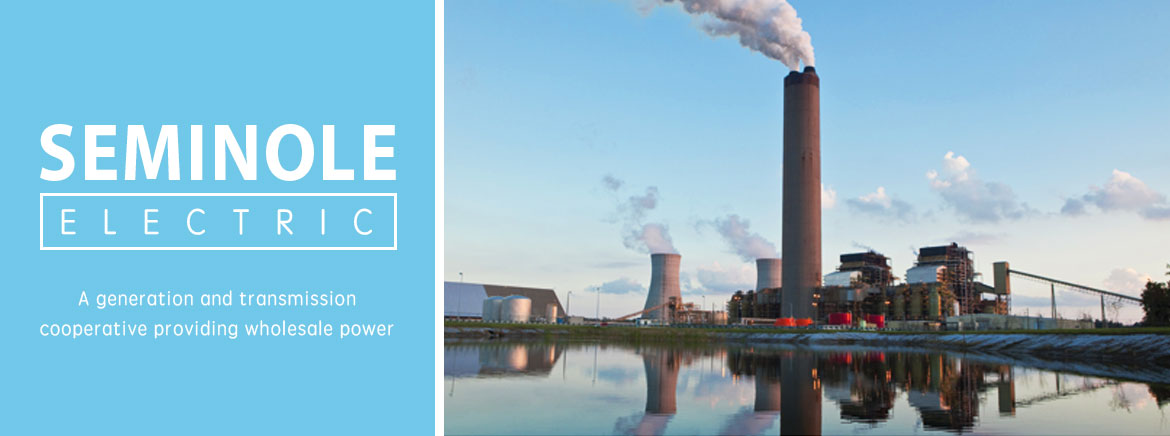
Large utility projects and community projects typically offer a much lower cost per watt. They are attractive because solar investments are not economically prudent for everyone, even though some third-party vendors would like to make you think so. The fact is, a number of consumers have adverse shading and/or a shortage of roof or ground space, making solar a not-so-efficient choice for their location. In addition, many cannot afford the upfront costs nor can they maintain a solar system over time. For others, trying to restructure their energy use to gain the maximum system output is difficult if their load profile peaks at a time when solar output isn’t high.
For those members, and others interested in solar who don’t want the hassle of installing and maintaining their own generation, the Seminole project is good news. Once complete, the project will allot to SECO Energy a specific amount of panels for members who wish to invest in renewable energy. Watch for details in upcoming issues of SECO News and periodically visit our website at www.secoenegy.com to learn more about solar and other happenings at your cooperative.

Time to Take a Drive
Sumter County is home to one of only twenty-four scenic byways in the entire state of Florida. It is part of the Florida Scenic Highway System created to promote the beauty and awareness of Florida’s heritage and intrinsic resources. The Byway, officially known as the Scenic Sumter Heritage Byway (SSHB) promotes a cultural experience that showcases Sumter County. It is part of a community vision to boost tourism and enhance the traveling experiences of visitors to the state. Other benefits of the Byway include promoting economic development, protection of natural resources, and improving the quality of life. For locals it is also a sense of pride.
The vision for a nationally recognized byway began back in 2009 when a handful of community members formed the Sumter Corridor Advocacy Group. These individuals set the vision and goals of establishing a byway. They worked through a series of meetings with Florida Department of Transportation (FDOT) officials to receive the state’s scenic designation of a road network within the County. It was during these meetings, and with consensus among local leadership, that the byway would travel through Tarrytown, Webster, Bushnell, Sumterville and Lake Panasoffkee through a variety of landscape changes. The route takes you by The Van Fleet Trail, The Sumter County Farmers Market, Withlacoochee and Richloam Forests, The National Cemetery, Dade Battlefield and Lake Panasoffkee. The byway showcases the diverse environments throughout Sumter County to help highlight its history.

The new byway is enjoyed annually by a number of visitors, and committee efforts are ongoing. It has created the Corridor Management Group aimed at keeping the byway clean. The committee is also in the process of fundraising to add information kiosks along the route.
“The group is working hard to spread the awareness of the byway and hopes that all residents and visitors find the county’s treasures and resources an enjoyable family experience. We are always looking for volunteers to help us with our various projects” according to Dawn Cary, Byway Secretary/Treasurer. “We are going to be erecting our first kiosk shortly at Rutland County Park and have implemented a donor brick program for those wanting to commemorate loved ones, businesses or families to help offset the costs. Sponsors are needed to make this happen and more information is available on the website at www.sumterbyway.com.”
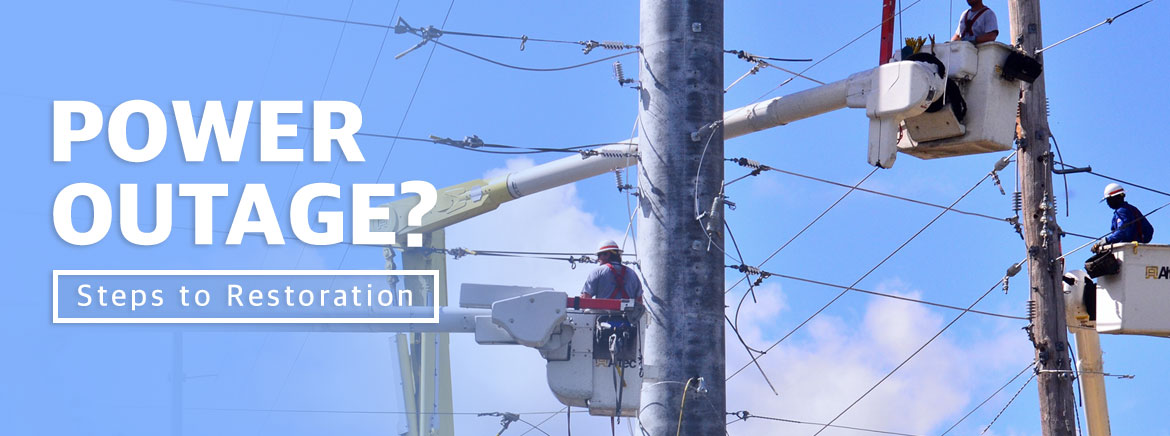
Power Outage? Steps to Restoration
- Contact your SECO Energy Rep and provide the account or meter number of the facility that is out of power.
- Your rep will report the outage for you and relay information related to your concern as it becomes available.
- In the event you cannot reach your account rep, call 1-800-SEC0 141. You may also report an outage at www.secostormcenter.com using your smartphone, tablet or desktop computer.
- Like us on Facebook and follow us on Twitter for the latest outage information.
